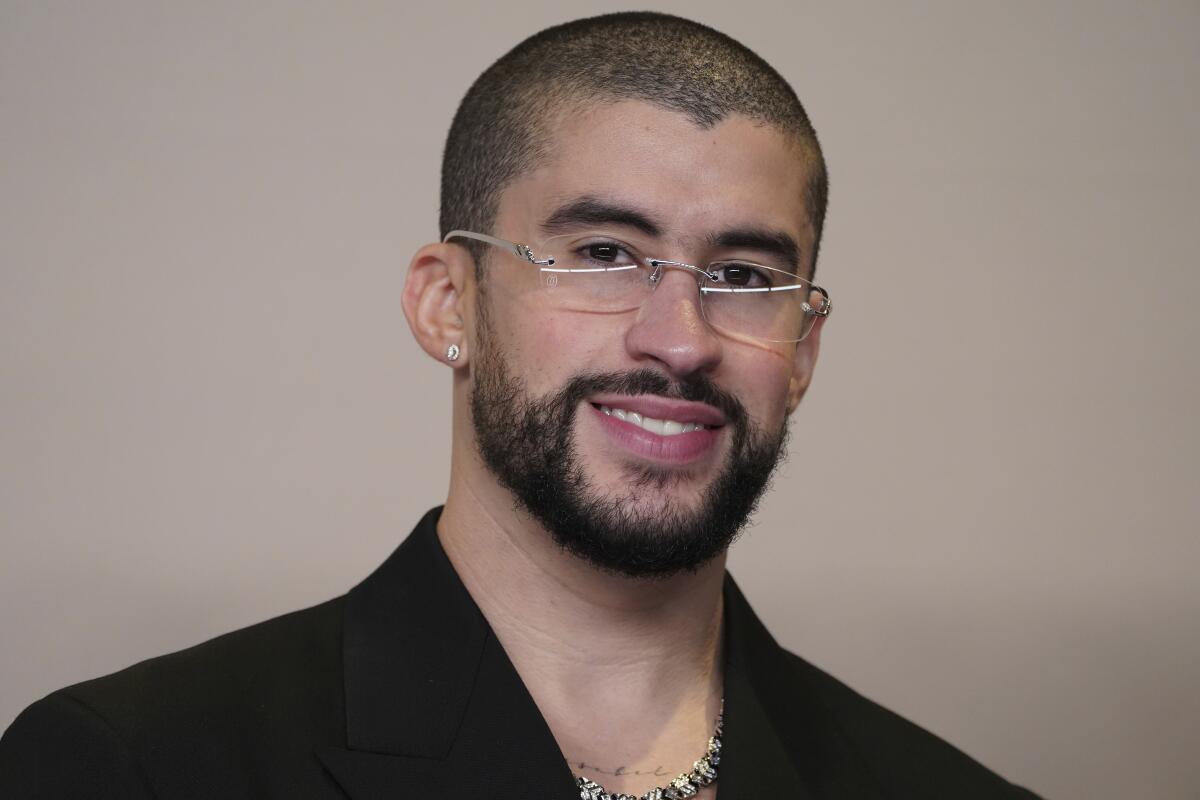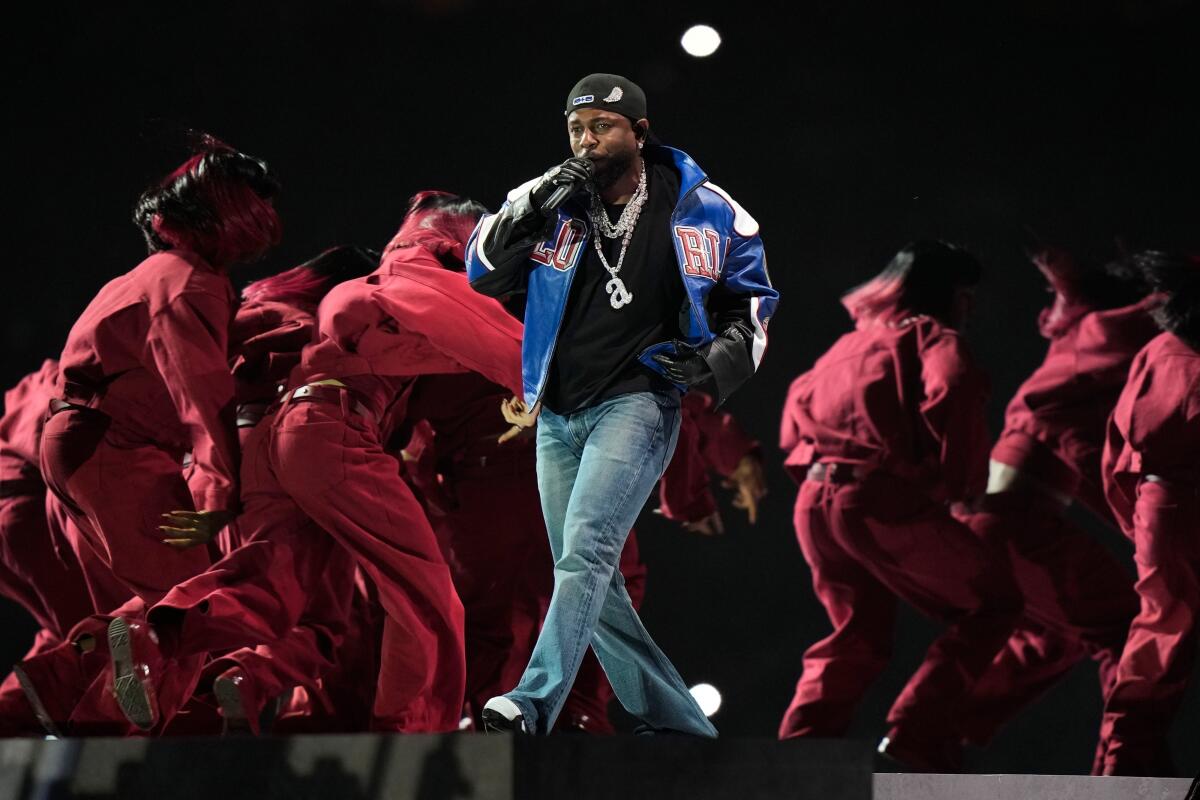Column: Katie Porter’s meltdown opens the door for this L.A. Democrat
SACRAMENTO — Sen. Alex Padilla apparently dreams of becoming California’s next governor. He’s thinking hard about entering the race to succeed Gov. Gavin Newsom. And Katie Porter may have just opened the starting gate for him.
Porter has been regarded as the early front-runner. But she tripped and stumbled badly during a contentious, unprofessional and rude performance in a recent routine TV interview that went viral.
We don’t know the extent of her injury. But it was certainly enough to make Padilla’s decision a lot easier. If he really deep down covets the job of governor, the time seems ripe to apply for it.
Padilla wouldn’t need to vacate the Senate merely to run. He’d have what’s called a “free ride”: He doesn’t face reelection next year because his Senate term runs through 2028.
But a Senate seat is gold plated. No term limits — a job often for life. It offers prestige and power, with sway over a global array of issues.
Why would Padilla trade that to become the governor whose state is plagued by homelessness, wildfires and unaffordable living for millions?
For starters, it’s not much fun these days to be in the toothless Senate minority as a Democrat.
The California governor has immense power over spending and taxes, the appointment of positions ranging from local fair board members to state Supreme Court justices and the fate of hundreds of bills passed each year by the Legislature.
You lead the most populous state and the world’s fourth-largest economy.
The office provides an automatic launching pad for anyone with presidential aspirations, such as the termed-out present occupant.
Anyway, Padilla, 52, is a proud native Californian, raised in the San Fernando Valley with strong ties to the state.
And he’s immensely qualified to be governor, having served well in local, state and federal branches of government: Los Angeles City Council, state Senate, California secretary of State and the U.S. Senate.
There has been speculation for weeks about his entering the gubernatorial race. And in a recent New York Times interview, he acknowledged: “I am weighing it.”
“Look, California is home,” he said. “I love California. I miss California when I’m in Washington. And there’s a lot of important work to do there. … I’m just trying to think through: Where can I be most impactful.”
How long will he think? “The race is not until next year,” he said. “So that decision will come.”
It should come much sooner than next year in order to be elected governor in this far-flung state with its vast socio-economic and geographic diversity.
Former Democratic Rep. Porter from Orange County has been beating him and every announced candidate in the polls — although not by enough to loudly boast about.
In a September poll by Emerson College, 36% of surveyed voters said they were undecided about whom to support. Of the rest, 16% favored Porter and just 7% Padilla.
In an August survey by the UC Berkeley Institute of Governmental Studies, 38% were undecided. Porter led with 17%. The nearest Democrat at 9% was Xavier Becerra, former secretary of U.S. Health and Human Services, state attorney general and 12-term congressman. Padilla wasn’t listed.
Why Porter? She gained renown during congressional hearings while grilling corporate executives and using a white board. But mainly, I suspect, voters got to know her when she ran statewide for the U.S. Senate last year. She didn’t survive the primary, but her name familiarity did.
By contrast, Padilla has never had a tough top-of-the-ticket statewide race. He was appointed by Newsom to the Senate in 2021 to fill the vacancy created by Kamala Harris’ election as vice president.
Democratic strategist Garry South says it would be “risky” for Padilla to announce his candidacy unless he immediately became the front-runner. That’s because he’d need that status to attract the hefty campaign donations required to introduce himself to voters.
“Unlike the governor, a California senator is not really that well known,” the strategist says. “And he hasn’t been a senator that long. I don’t think voters have a sense of him. In order to improve his [poll] numbers, he’s going to have to spend a lot of money. If he were an instant frontrunner, the money would flow. But if he jumps in with only half the votes [of
the frontrunner], there’s no reason for money to flow.
“And the longer he waits, the less time he has to raise the money.”
Porter may have eased the way for Padilla.
The UC Irvine law professor came unglued when CBS Sacramento reporter Julie Watts asked what she’d tell California’s 6 million Donald Trump voters in order to win their needed support for governor. Porter reacted like a normal irritated person rather than a seasoned politician.
She tersely dismissed the question’s premise and replied that the GOP votes wouldn’t be needed.
When the interviewer persisted, Porter lost her cool. “I don’t want to keep doing this. I’m going to call it,” she said, threatening to walk out. But she didn’t.
It was raw meat for her campaign opponents and they immediately pounced.
Former state Controller Betty Yee called on Porter to “leave this race” because she’s “a weak, self-destructive candidate unfit to lead California.”
Veteran Democratic consultant Gale Kaufman, who’s not involved in the contest, says the TV flub “hurts her a lot because it goes to likability.”
If Padilla really longs for the job, he can stop dreaming and take advantage of a golden opportunity.
What else you should be reading
The must-read: California tightens leash on puppy sales with new laws signed by Newsom
Wut?: Inside tech billionaire Peter Thiel’s off-the-record lectures about the antichrist
The L.A. Times Special: At Trump’s Justice Department, partisan pugnacity where honor, integrity should be
Until next week,
George Skelton
—
Was this newsletter forwarded to you? Sign up here to get it in your inbox.



